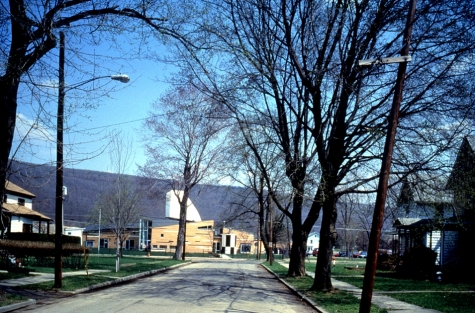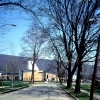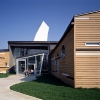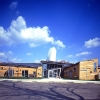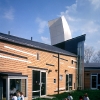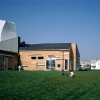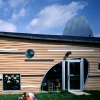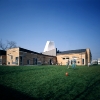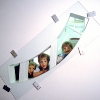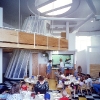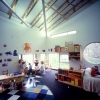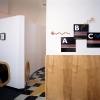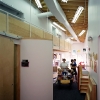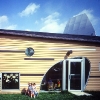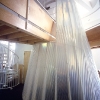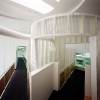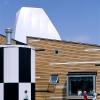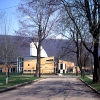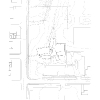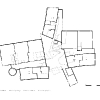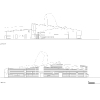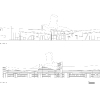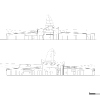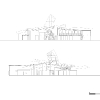Corning Child Development Center
Project Description
The architecture of the Corning Child Development Center is derived from two sets of criteria: the program and objectives generated by the adult—the need for functionality, order, safety and any other number of pragmatic criteria—and the child’s sensitivities and fantasies that adults cannot always quantify. The architectural intention is to transform these “givens” into an environment that peaks the imagination and lifts the spirit of the child as well as the child in the adult.
The center is at once totally rational and serendipitously fanciful. Like building blocks which are measurable and rational in every way, it is the combination of blocks in infinite variety, the relationship of the spaces between and through them that is greater than the measurable total. Motion implied by the variety of shapes and spaces lends vitality and energy and speaks to the process of children learning through movement.
It is nice to consider that the building could, in some ways, contribute to the child’s development of values that will inform and structure his / her adult world. That while accommodating the teaching of and responsibility to group activity and each other, there remains in the experience of the place, freedom of interpretation. The architecture, in effect, becomes a tool for the imagination.
The program can accommodate up to one hundred and forty-five children, ages six weeks through pre-kindergarten. The program is open to all children from the community on a first-come / first serve basis. The program and building plan are developed on the concept of “family groups” with age-specific classrooms grouped together so that children in a range of ages have exposure to each other and interact.
Building construction is slab on grade with an integral heating system; wood framing with wood and steel truss joists; natural and stained wood siding at the exterior walls; insulating glazing in aluminum frames; elastomeric membrane roofing; and painted gypsum wall board, carpet, vinyl composition tile, sealed plywood and painted metal trim on the interior. Common building products and materials are “tweaked” in a variety of ways to respond to the child’s point of view; windows are located at just the right height for the benefit of belly creepers.
